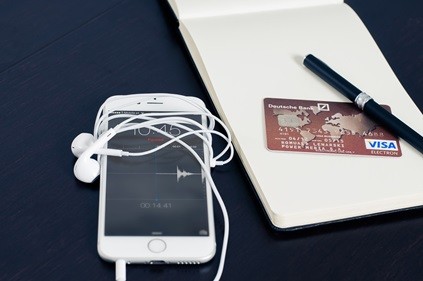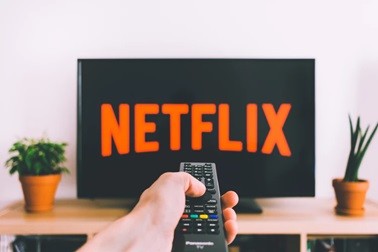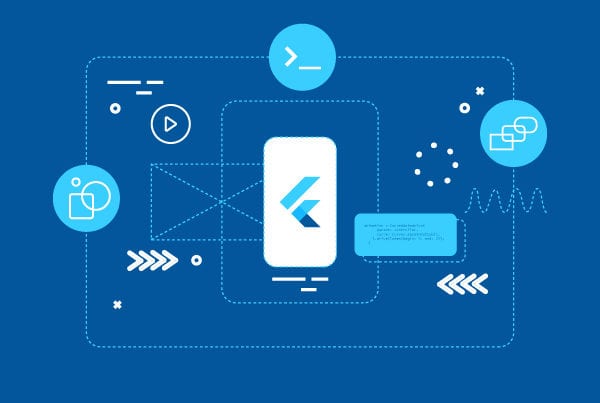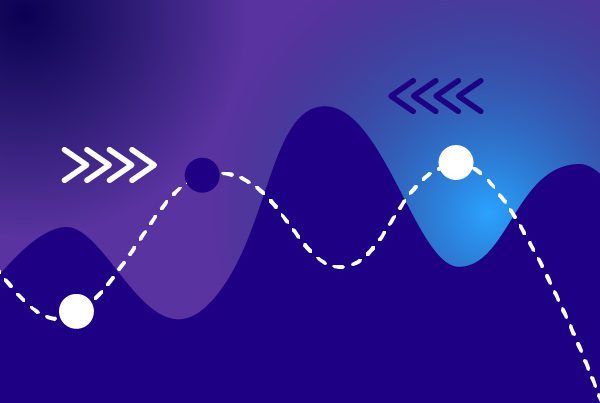Monetize Your App
Regardless of the size of your company, being able to monetize your app in order to keep your business running and growing is always a priority and, in today’s constantly-shifting world, it is also an ongoing effort. According to eMarketer, adults in the US spend over 3 hours every day on their mobile phones and 90% of internet time on smartphones is spent on apps. So how can you take the most advantage of that time? You might not wish to charge people to download your app or maybe you are already making money from it and haven’t thought about the alternatives, but there are various ways to monetize your app. Sometimes, diversifying and/or thinking outside the box is what will keep you relevant and afloat. Let’s take a look at the different ways you can make your app work for you.
In-app ads
Ads are a good way to monetize your app if you still wish to provide all its content for free, and it is also the most common one. Ads may not be the most welcoming to users, but they allow them to access a lot of free content. Furthermore, there are different types of in-app ad options available that are more or less invasive:
- Interstitial ads: these full-screen ads cover the entire screen and usually appear when the user has completed a task in the app. They are quite popular among developers as they have high impression and click-through rates. However, because they cover the whole interface of your app and interrupt app usage, they need to be used carefully -following best practices- to avoid decreasing user retention.
- Banner ads: these ones originated in web marketing and are usually embedded into the application. They usually consist of an impactful image to attract users to the advertiser’s website or app. Some people consider them to be outdated, but they actually combine high profits with a less invasive approach for your users.
- Native ads: although similar to banners, these ads are meant to camouflage within the app and feel like a natural part of the user experience. They are more subtle and have the added benefit that they cannot be blocked.
- Video ads: believe it or not, this type of ad is considered less distracting than the rest and brought on the largest ad revenue in 2017. However, you should focus on keeping it short and sweet, with content that is interesting and not too loud or irritating. Rewarded video ads are quite popular; here the user receives something in return for watching it, such as extra lives in a game.
In-app purchases
If you don’t want to interrupt your users’ experience with ads and still want to provide a free app, you can turn to in-app purchases. You can provide extra features to your users for a price and make a profit in this way. It’s usually easy to set up and use and it is a major revenue generator. However, it is true that only a small number of people actually make use of this feature and you are dependent on a low number of people making big purchases and also on keeping their interest so they don’t start spending their money somewhere else.

There are two main types of in-app purchases: consumables and non-consumables. The first ones are used only once and can be purchased again -such as gems in a game-, while the latter, which can be extra features, are only purchased once and do not expire. In 2017, in-app purchases took home most of the revenue in gaming apps and also held an interesting profit for other types of apps.
App download fee
This option stands at the opposite end of the previous two, but as of 2017, it took second place on the revenue list in spite of having a decreased percentage over the last few years. The downside with this option is that you are strictly dependent on downloads and this makes it more challenging to monetize your app with on-going marketing being a top priority.
Users usually expect better quality from these apps, as well as a product that is unique and does not include ads.
Ad-free or upgraded version
But why choose one when you can have it all? If you combine the above models, you can roll out multiple versions of your app and cover a wider audience. This allows you to offer a free version of your app aimed at users who do not wish to pay to download it or just want to take it for a spin first -and in which you can include ads and/or in-app purchases-, as well as an improved or ad-free version for those users that are willing to pay for the added value you offer.
Freemium
Freemium is a similar model to the previous one, but instead of multiple apps, you offer a single one with limited free content. Limitations may be regarding features, capacity, or use time, and if you wish to access the “premium” version, a fee will apply. A good example of this is Dropbox; they offer a certain amount of storage space which you can expand at a cost.
Subscription
An alternative to improve revenue from the pay-to-download method is to instead offer a renewable subscription. Just like with a freemium version, you might give users the chance to have a one-month trial, for example, and ask for a subscription if they wish to continue using the services or access the full features. This type of model works for apps that add value over time, like those related to news, music, or videos (such as Netflix, for example), as you need to constantly update your content. Just like Netflix, you can offer different subscription options that adapt to the needs and financial situation of individual users.
Sponsorships
This last option to monetize your app will most likely require you to have a strong existing user base to attract sponsors. Brands will be attracted to your user engagement and develop an interest in advertising on your app. You may want to focus on brands that are outside of the industry as it provides them with the extra benefit of having a presence where they were lacking it. A sponsorship may mean changing or adjusting your app name or naming a feature or integration after them, or including in-app adverts or push notifications.
Conclusion: How To Monetize Your App
As you can see, monetization strategies in the app industry are nothing if not varied and do not necessarily imply charging your users. It might be worth your while to study them properly before making a decision on which option to use or what solution suits you best according to your strategy, the characteristics of your app and your target audience.







